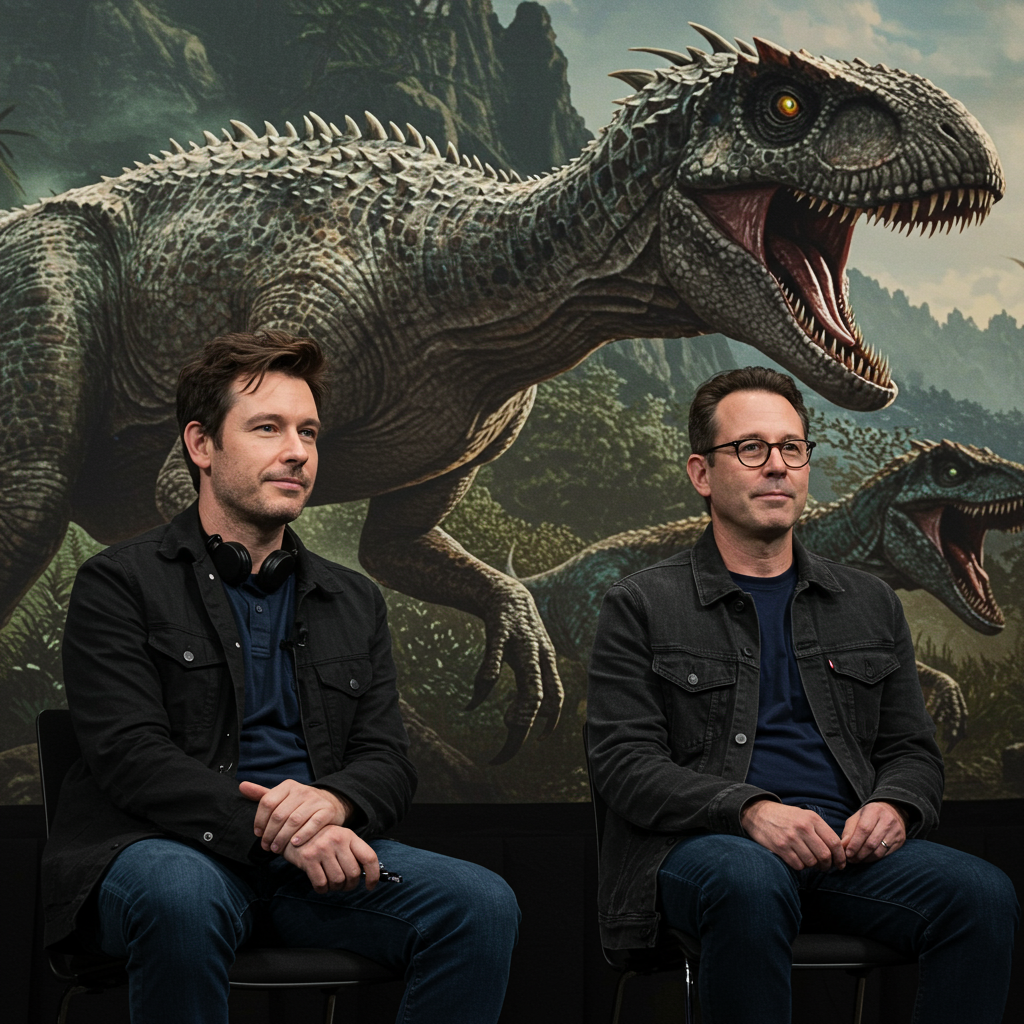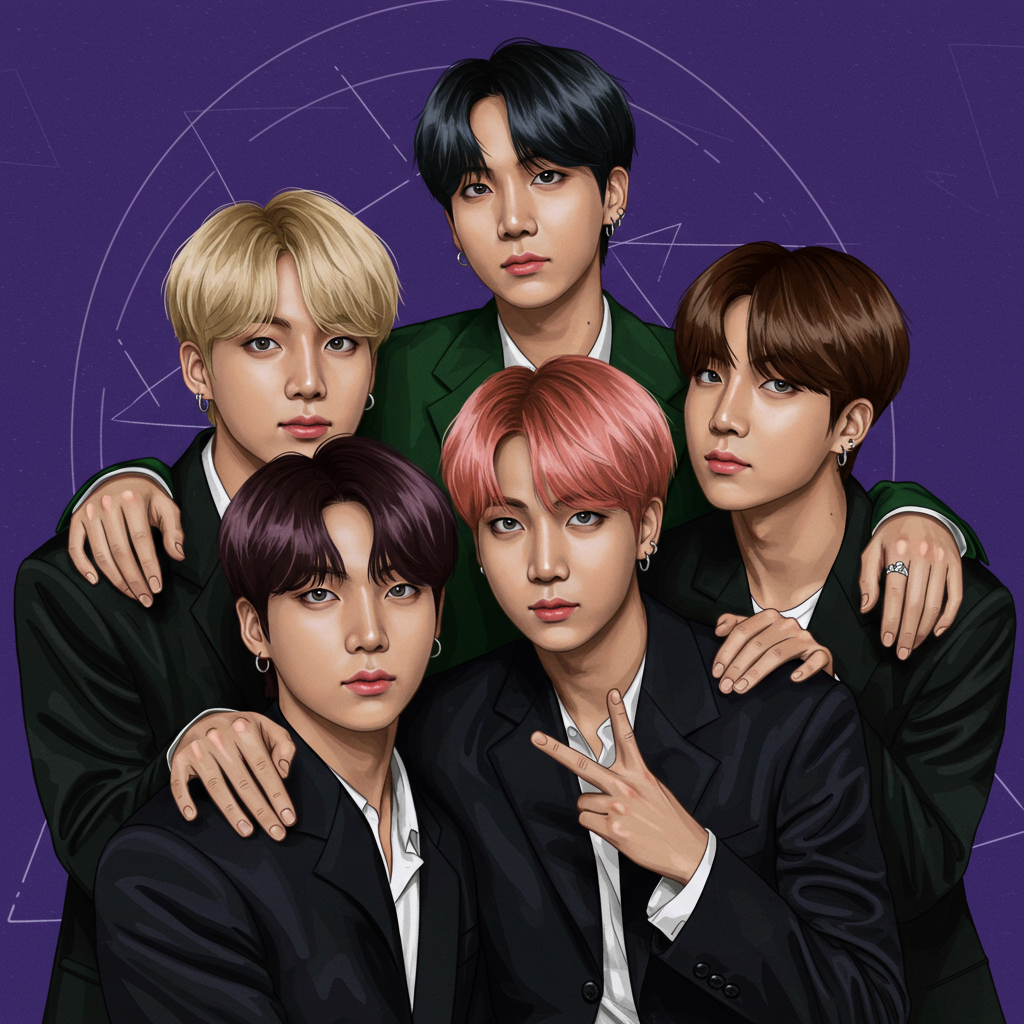Get ready to roar! The upcoming film jurassic world Rebirth promises to unleash a terrifying new breed of prehistoric creatures alongside some familiar faces from the franchise’s past. Unlike earlier installments that strictly adhered to portraying dinosaurs as real animals, this latest entry embraces a bold new direction, focusing explicitly on monstrous, genetically engineered hybrids created through reckless science. Director Gareth Edwards and screenwriter David Koepp, who penned the original Jurassic Park and The Lost World, offered exclusive insights into designing these awe-inspiring (and often horrifying) beasts.
Set five years after the events of Jurassic World Dominion, the film’s plot centers on a world where most dinosaur populations are confined to isolated tropical zones. A team, including Zora Bennett (Scarlett Johansson), Dr. Henry Loomis (Jonathan Bailey), and Duncan Kincaid (Mahershala Ali), embarks on a critical mission. Their goal? To journey to the forbidden island of Ile Saint-Hubert and extract vital DNA from the three most colossal land, sea, and sky creatures. This genetic material is desperately needed to engineer a miraculous, life-saving drug for a pharmaceutical company. However, Ile Saint-Hubert isn’t just any island; it housed a secret, long-abandoned research facility from the original Jurassic Park project. It’s a place where, as Dr. Loomis notes, “The worst of the worst were left here,” leading the team to encounter the terrifying legacy of uncontrolled genetic experimentation: monstrous, mutated dinosaurs.
The Shift from Animal to Monster
For the original Jurassic Park films, a foundational rule guided creature design: treat the dinosaurs as animals, driven by natural instincts. Screenwriter David Koepp recalls how filmmakers would actively correct anyone referring to them as monsters. This approach rooted the terror in realistic portrayals of apex predators.
However, Jurassic World Rebirth deliberately breaks this rule, especially for its newly introduced species. Koepp explains, “These things are monsters because someone made them.” The narrative explores the horrifying consequences of InGen’s continued pursuit of bigger, scarier hybrids, first glimpsed with creatures like the Indominus Rex in the Jurassic World trilogy. By “departing freely from the fossil record and just making stuff up,” the filmmakers explore the dark side of genetic mutation, where experiments inevitably “got worse and worse and worse.” This shift allows Rebirth to lean into more fantastical, creature-feature elements, crafting monsters born not of ancient evolution, but human hubris.
Meet the Mutant Horrors
The heart of the island’s terror lies in the creatures left behind by the defunct research program. These aren’t just enhanced versions of known species; they are outright abominations, unintended and terrifying products of reckless gene-splicing.
Distortus rex (The D. rex)
Leading the charge of these monstrous creations is the Distortus rex, aptly nicknamed the D. rex. Its very name signifies its nature: a distortion. This creature is the horrifying result of a failed InGen attempt to engineer a superior Tyrannosaurus rex. Standing a massive 26 feet tall, stretching 47 feet long, and weighing approximately 20,000 pounds, the D. rex is a lumbering, mostly quadrupedal behemoth. Reckless splicing of various animal DNA fragments has left it with bloated, deformed legs, an extra set of arms, and a grotesquely engorged head it struggles to support.
Director Gareth Edwards cited classic movie monsters like the Rancor from Star Wars and the Xenomorph from Alien as design inspirations. He envisioned it as “a T. rex cranked up to 15, and it had gone wrong because of that.” Adding to its tragic horror, Industrial Light & Magic (ILM) visual effects supervisor David Vickery notes that the deformities are designed to evoke pity, highlighting the creature’s pain and the “encumbrance” of its own body. A chilling detail seen on its cage, “V 26.7,” implies this monstrous form is the 26th iteration of InGen’s failed attempts, suggesting a long, dark history of unintended results. Screenwriter David Koepp mused on the design process, combining a sauropod and a predator to achieve the gigantic head and favoring the unique six-limbed structure, embracing the freedom to simply “make up monsters.” The trailer offers a glimpse, with Edwards colorfully describing it as “kind of like if the T-Rex was designed by H.R. Giger, and then that whole thing had sex with a Rancor.”
Mutadon
How do you make a swift, intelligent predator like a Velociraptor even more terrifying? Give it wings. The Mutadon is a terrifying hybrid, combining the deadly speed and intelligence of a raptor with the aerial capabilities of a pterosaur. Standing 6-foot-7 and weighing in at 550 pounds, this winged predator presents a new kind of threat, capable of attacking from both land and air.
Director Gareth Edwards revealed that designing the Mutadon was a significant challenge. The team struggled for around nine months, trying “thousands of things” before finally landing on the winged raptor concept. This design difficulty even impacted production timelines, particularly regarding toy development with Mattel. While it won’t be on shelves for the film’s summer release, Mutadon merchandise is anticipated later, possibly by Christmas. Koepp confirmed the Mutadon originated from his ideas about the inevitable failures of InGen’s genetic experiments, a concept he discussed with Steven Spielberg.
Colossal Natural Wonders and Returning Threats
Beyond the horrifying mutants, Jurassic World Rebirth also features colossal natural species the protagonists are specifically seeking, as well as familiar faces from previous films, sometimes with frightening new adaptations.
Mosasaurus
One of the three target species for DNA extraction, the Mosasaurus is the undisputed ruler of the ocean in Rebirth. This immense marine reptile measures a staggering 100 feet long and weighs 40,000 pounds, capable of moving at the speed of a killer whale. Director Gareth Edwards drew inspiration from Steven Spielberg’s iconic film Jaws for sequences involving this aquatic giant, a nod acknowledged by Koepp, who recalled Spielberg himself sometimes cautioning against moments being “too Jaws.” The trailer hints at intense ocean encounters, including the rescue of a civilian family and a chase for a blood sample.
Titanosaurus
The second target for DNA is the aptly named Titanosaurus, meaning “titanic lizard.” This herbivore lives up to its name with legs described as the size of Redwood trees. Standing 50 feet tall and weighing a staggering 30 tons, it is essentially “a Brachiosaurus on a massive scale,” according to Edwards. Despite its immense size, its herbivorous nature makes it less of a direct threat compared to the carnivorous mutants or predators.
Quetzalcoatlus
Completing the trio of sought-after giants is the Quetzalcoatlus, the largest flying creature featured in the film. With a wingspan of 30 feet, comparable to the size of a school bus as noted by Dr. Henry Loomis in the film, this immense pterosaur dominates the skies. Due to its sheer scale and the danger posed by a fully-grown adult, the team opts for the safer (though still likely perilous) mission of extracting DNA from one of its eggs instead of confronting the parent.
Spinosaurus
First making its memorable debut in Jurassic Park III, where it famously swallowed a satellite phone, the Spinosaurus returns in Rebirth with a significant upgrade. This time, multiple Spinosaurs appear, depicted as more evolved and adaptable than before. These fearsome predators have mastered hunting by both land and sea, acting as formidable allies or associates of the Mosasaurus. This dual-environment hunting capability makes them a particularly dangerous threat to the human team.
Aquilops (Dolores)
Not all dinosaurs on the island are massive threats or monstrous mutants. The film introduces the Aquilops, a petite relative of the Triceratops. This small, 18-inch creature, nicknamed Dolores by young Isabella Delgado, is depicted as candy-obsessed and potentially the most marketable dino plushie from the movie’s merchandise line. The production created multiple animatronics to bring Dolores to life, making her small enough to fit inside Isabella’s backpack. Her inclusion provides a touch of charm and nostalgia, reminiscent of friendly dinosaurs from earlier eras of the franchise, though her appearance is tied to the dangerous environment of Ile Saint-Hubert.
Jurassic World Rebirth opens in theaters on July 2.
Frequently Asked Questions
What are the major new and returning dinosaurs in Jurassic World Rebirth?
Jurassic World Rebirth introduces terrifying new mutant hybrids like the multi-limbed Distortus rex and the winged Mutadon. It also features colossal naturalistic species targeted by the protagonists, including the massive marine reptile Mosasaurus, the gigantic herbivore Titanosaurus, and the enormous flying Quetzalcoatlus. Returning from previous films are more evolved Spinosaurs, capable of hunting on land and sea, and the small, charming Aquilops, nicknamed Dolores.
How are the new “mutant” dinosaurs like the D. rex different from creatures in earlier Jurassic films?
Unlike previous Jurassic Park films that aimed to portray dinosaurs as realistic animals, Jurassic World Rebirth leans into depicting some creatures explicitly as “monsters,” created through reckless genetic engineering. Filmmakers explain that hybrids like the Distortus rex and Mutadon are failed or intended results of InGen’s attempts to splice different animals together, departing significantly from the fossil record. These creatures are physically deformed and horrifying because they were man-made experiments gone wrong.
What is the main plot mission and location in Jurassic World Rebirth?
The film’s plot is set five years after Jurassic World Dominion. A team is sent to the forbidden island of Ile Saint-Hubert, which housed an abandoned original Jurassic Park research facility. Their mission is to extract DNA from three colossal species (Mosasaurus, Titanosaurus, and Quetzalcoatlus) to create a life-saving drug. On the island, they encounter the monstrous, genetically engineered dinosaurs left behind by the facility, which Dr. Henry Loomis describes as housing “the worst of the worst.”
Jurassic World Rebirth promises a return to the thrilling tension of human versus prehistoric threat, amplified by the introduction of these twisted, man-made abominations. Get ready to witness a new chapter in the saga, where science goes terrifyingly wrong.


